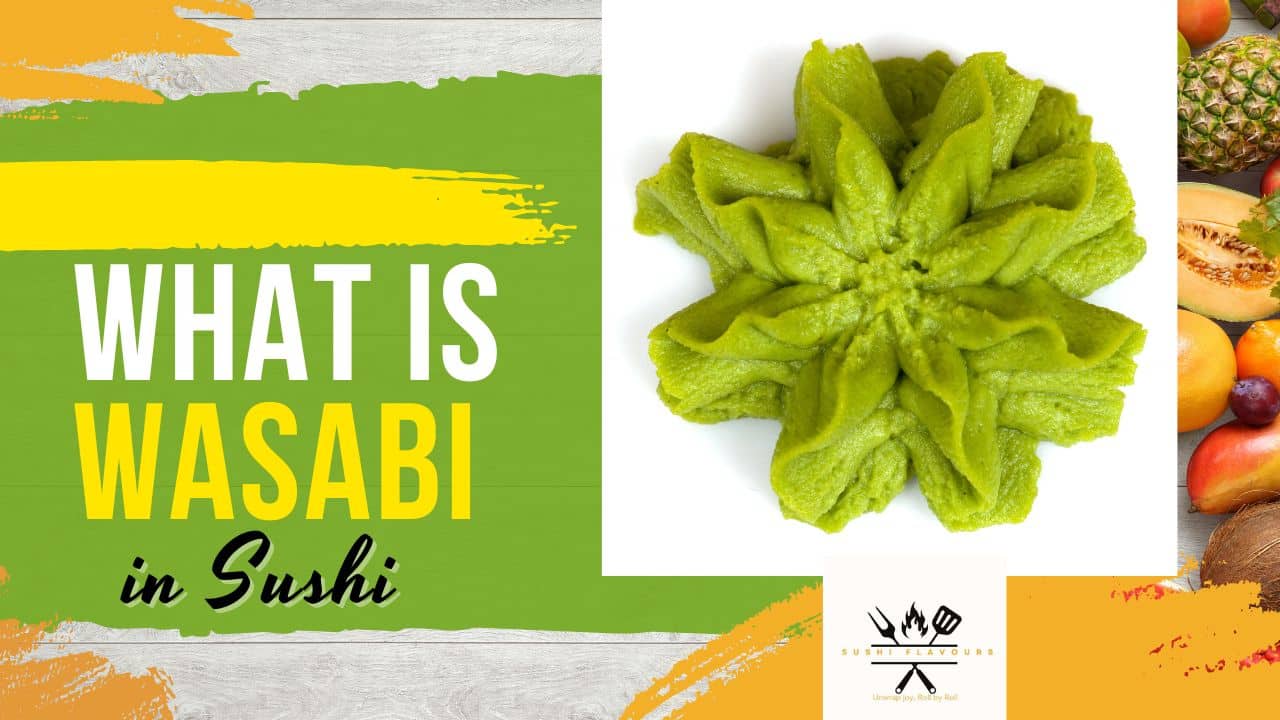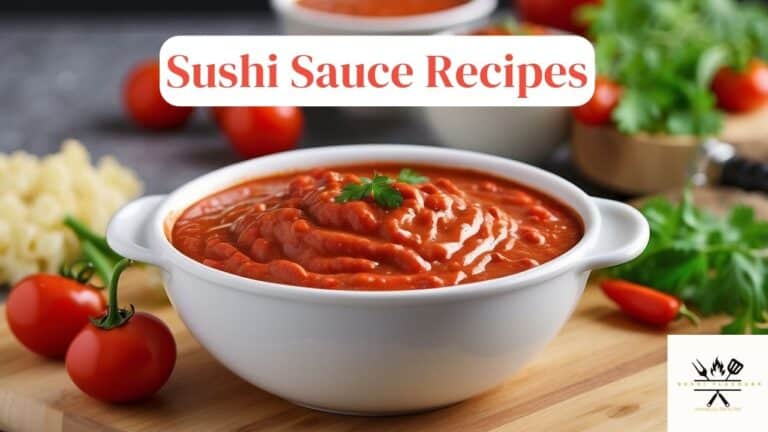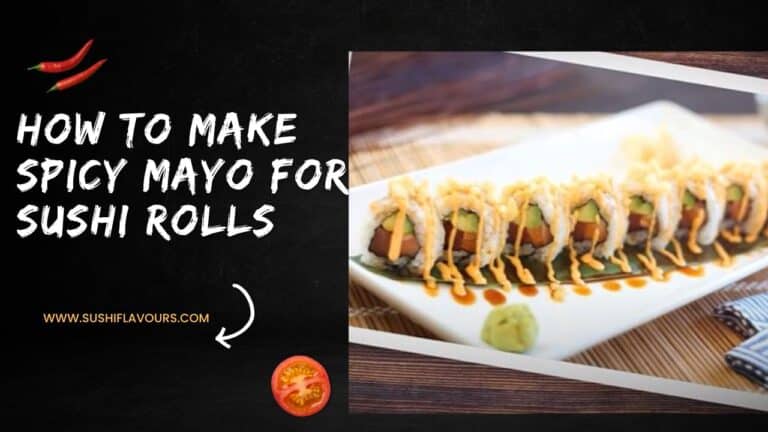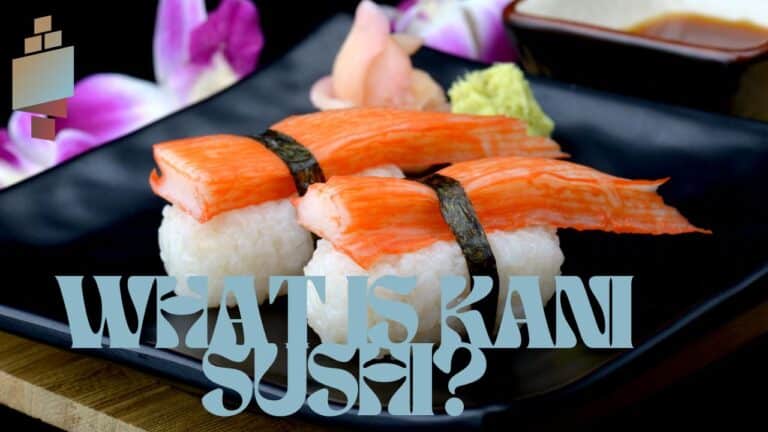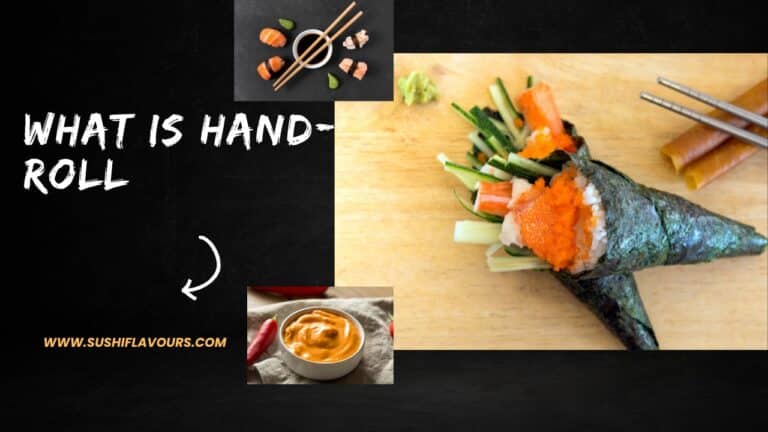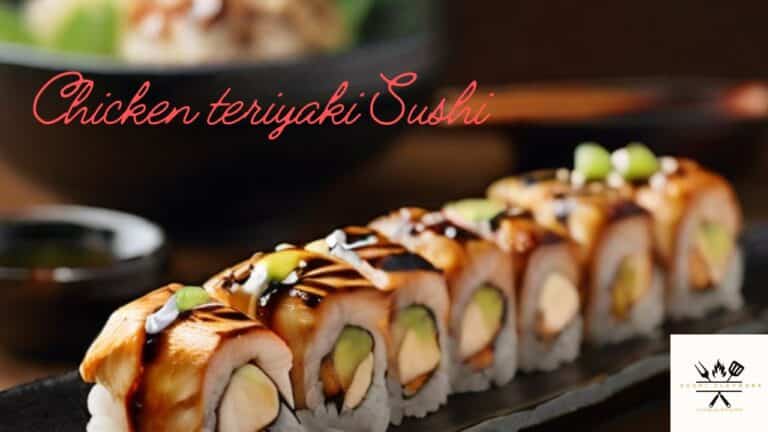A strong green paste known as wasabi is used as a condiment with sushi and other Japanese dishes. It tastes robust and spicy, but not very much on the tongue. Because of its heat, it is well recognized for its capacity to cleanse sinuses.
Introduction: What is Wasabi in Sushi?
With its delicate blending of flavors and textures, sushi has gained popularity as a food experience among people all over the world. Wasabi is a vital component that gives sushi its distinct flavor. It is a key ingredient in Sushi Hand Rolls.
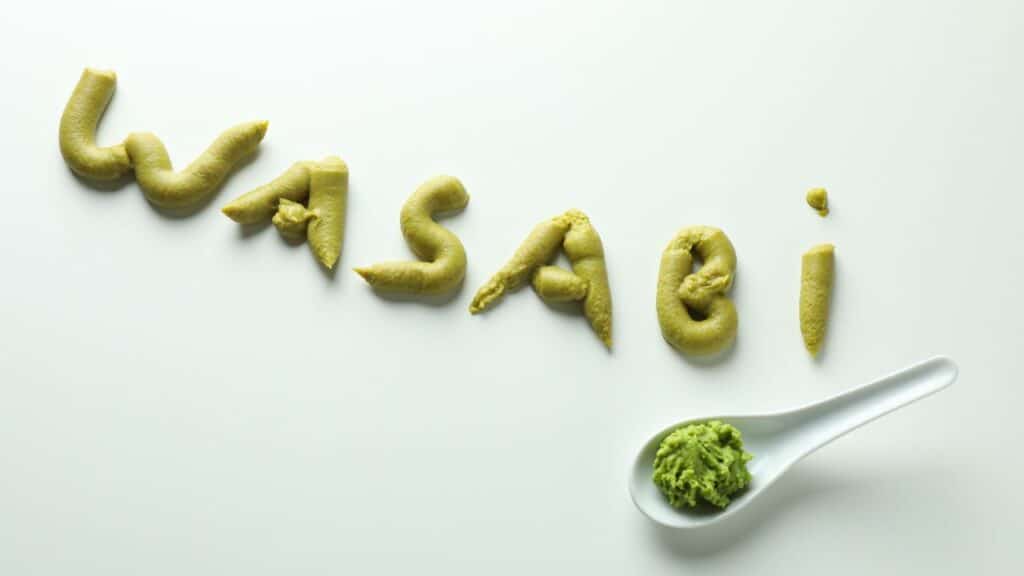
This vivid green paste not only gives the meal a unique kick, but it also significantly improves the entire dining experience. Let’s explore the world of wasabi and learn about its history, applications, and fascinating backstory. Wasabi is a spicy condiment.
The rhizome of the native Japanese Wasabia japonica plant is where the actual wasabi is found. In ancient times, Wasabi was used as a preservative rather than condiment. If you live outside Japan, it is very rare to taste Real Wasabi.
However, a lot of sushi places employ a replacement consisting of horseradish, mustard, and green food coloring because real wasabi is expensive and difficult to cultivate.
Why Does Real Wasabi Cost So Much?
Real wasabi requires a lot of work and particular growing conditions, such as cool, running water.
The difficulty of growing real wasabi adds to its rarity and increased price. Because of this, a lot of sushi restaurants choose substitutes that are just as flavorful but not as complex as wasabi.
Genuine vs. Fake Wasabi
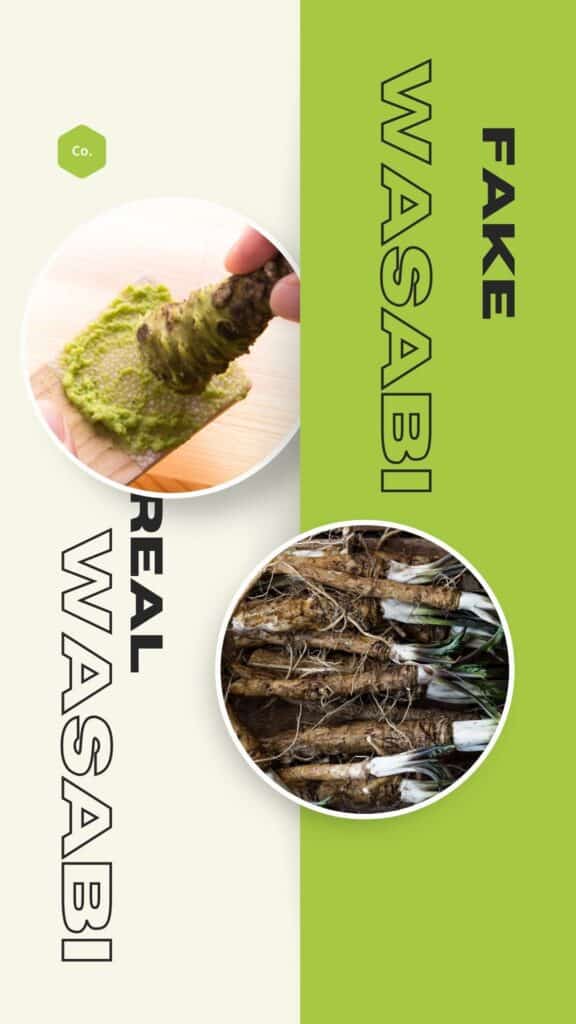
- 1. Source: The rhizome of the native Japanese Wasabia japonica plant is where real wasabi is found. It’s a unique and delicate plant that needs particular growing circumstances, including water that flows cool.
- 2. Ingredients: The Wasabia japonica plant is the only ingredient used to make authentic wasabi. Horseradish, mustard, and green food coloring are the most popular ingredients used to make imitation wasabi.
- 3. Flavor: The taste of real wasabi is strong, spicy, and has a sinus-clearing heat. It is frequently regarded as less abrasive and more flowery than its alternative. Compared to genuine wasabi, imitation wasabi usually has a sharper, more concentrated spiciness.
- 4. Color: Real wasabi has a naturally occurring pale green color; chemical additives are not necessary. Artificial dyes can be used to intensify the green color of fake wasabi, which is often brighter.
- 5. Cost: Because the plant is harder to grow and isn’t always available, authentic wasabi is more expensive. Compared to genuine wasabi, imitation wasabi is more affordable and easier to find.
Recipe for Wasabi(Imitation) at Home
It’s not too difficult to make wasabi at home; you can use easily found items to make a tasty paste. This is a basic recipe for making wasabi (from Horseradish) at home:
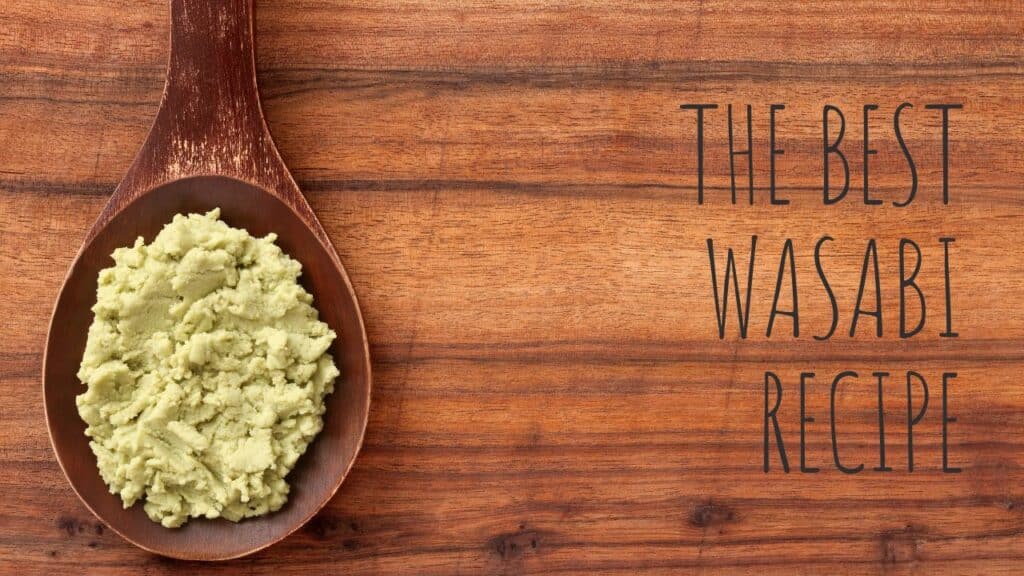
Ingredients
| Dry mustard powder | 1 teaspoon |
| Fresh Shredded Horseradish | 2 teaspoons |
| Water | 2 teaspoons |
| Pinch of Sugar (optional) | |
| Pinch of Salt |
Guidelines:
- Get the horseradish ready: Grate and peel the fresh root horseradish. For a smooth consistency, be sure to use a fine grater.
- Combine with Mustard: Place the shredded horseradish and dry mustard powder in a small bowl. Depending on how spicy you like your food, you can increase the amount of horseradish to give it a sharper kick.
- Add Water: Stirring constantly, gradually add water to the mixture until a smooth paste is achieved. To get the right consistency, start with one teaspoon of water and add more as necessary.
- Modify taste: Taste the handmade wasabi and make any necessary taste adjustments. Add a small pinch of sugar if you like your food a little sweeter. To improve the flavor overall, you can also add a small teaspoon of salt.
- Let it Sit: Before using, let the homemade wasabi sit for a few minutes. A more well-balanced taste results from the tastes melding throughout this resting period.
- Serve: Present the handmade wasabi with your sushi or sashimi after the required flavor and consistency have been reached.
Conclusion
Remember that this is a homemade kind of wasabi, so the flavor will not be exactly the same as true wasabi manufactured from Wasabia japonica; instead, it is prepared with horseradish.
But this homemade version is a wonderful and easy substitute that may give your sushi a delightful kick of spice. Feel free to experiment with the ratios to discover the ideal balance for your palate and to adjust the component proportions based on your personal taste preferences.
Frequently Asked Questions
What is wasabi sushi made of?
Wasabi Sushi is made from rhizome of a plant called Wasabia japonica. The stem of plant is finely grated resulting in a paste. This paste is then used as condiment with Sushi.
Is Wasabi good for you?
Apart from its hot taste, wasabi is very healthy. It is known to improve gut health and boost immune system.
What is the point of Wasabi with Sushi?
In ancient times, Wasabi was used as a preservative to store raw fish. It is used still now because it brings out the flavour of raw fish. However dont use too much of it.

